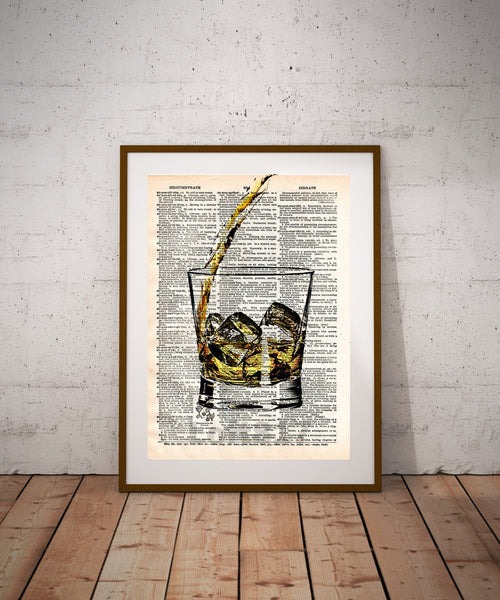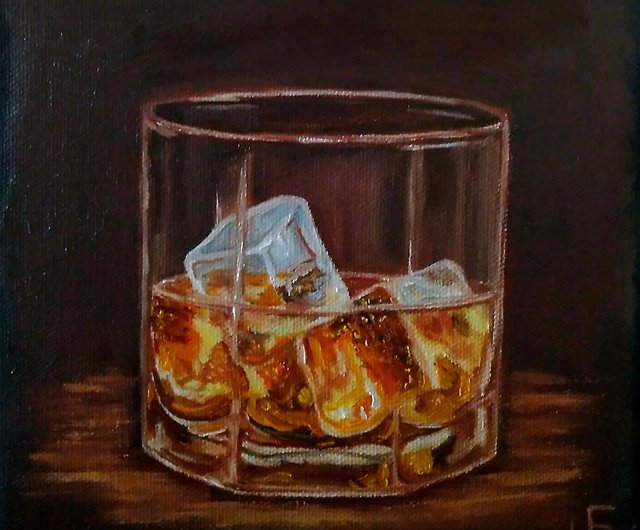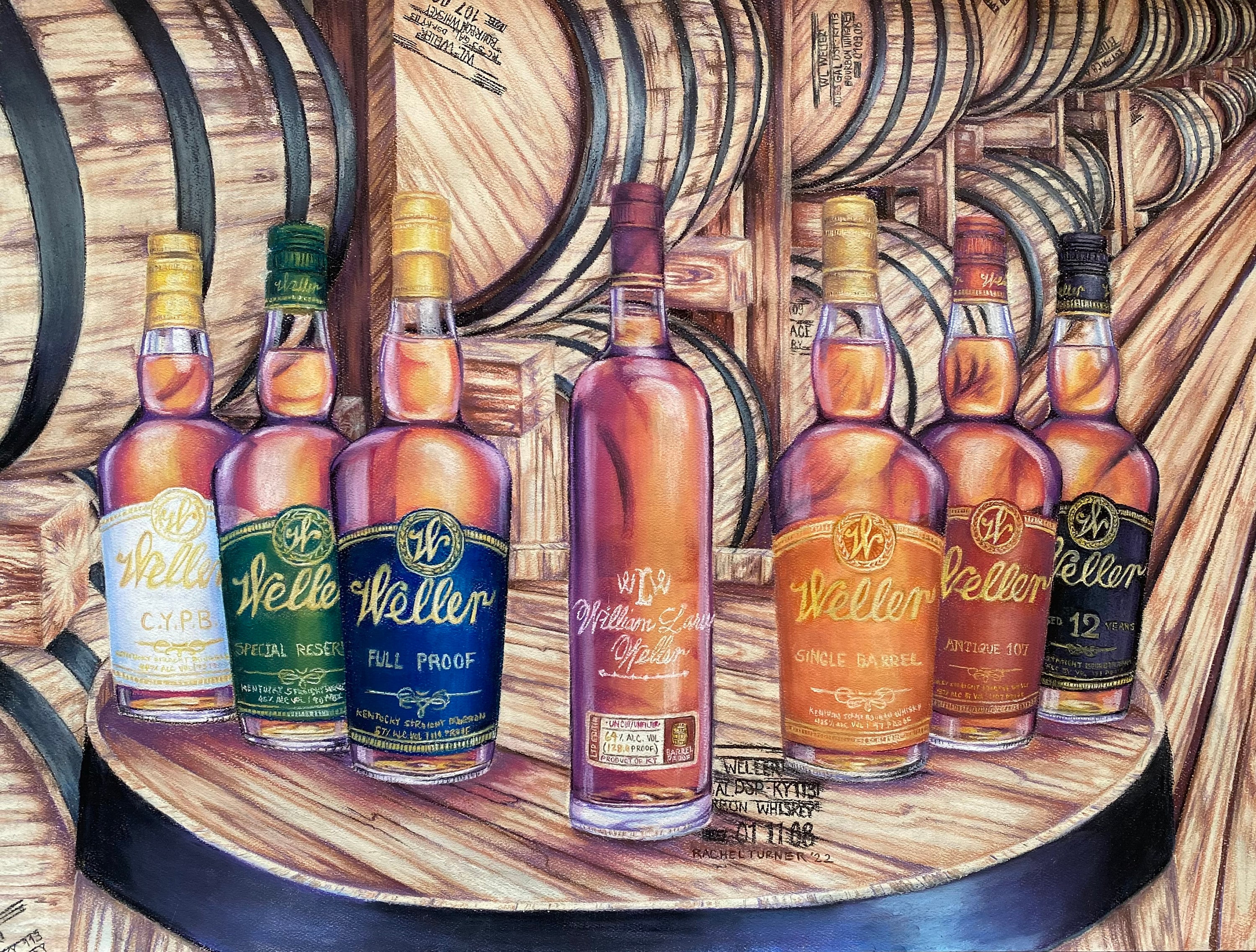The Appeal of Realism Art: A Deep Study Whiskey's Rich Heritage
The Appeal of Realism Art: A Deep Study Whiskey's Rich Heritage
Blog Article
The Relevance of Whiskey Art in Celebrating Heritage and Craftsmanship in the Beverage Industry
The intricate connection in between bourbon art and the party of heritage and workmanship within the beverage sector can not be overemphasized. Through thoughtfully created containers and labels, bourbon brands envelop their historic roots and the artisanal skills that define their production methods. This imaginative measurement not just boosts market charm however likewise works as a channel for cultural storytelling, cultivating a deeper link between the customer and the craft. As we discover the various aspects of this subject, interesting inquiries regarding the effect of modern-day patterns on conventional methods arise, motivating more examination.
The Historic Origins of Whiskey
At the heart of scotch's allure lies an abundant tapestry of historical origins that trace back to old civilizations. The origins of bourbon can be connected to the distillation methods of the Sumerians and Babylonians around 2000 BCE, where very early kinds of fermented grain drinks started to arise. It was in the Middle Ages that the art of purification evolved substantially, specifically in Ireland and Scotland, leading to the development of scotch as we understand it today.
The term "whiskey" itself originates from the Gaelic word "uisce beatha," indicating "water of life." This expression underscores the social significance of scotch in Celtic cultures, where it was commonly associated with rituals, celebrations, and common bonding. By the 15th century, distillation came to be a recognized craft within monastic areas, paving the method for the facility of legal distilleries.
As trade routes broadened, scotch's appeal grew, transcending local borders and capturing the interest of lovers worldwide. Limited Edition. This historical journey reflects not just the workmanship behind scotch manufacturing however likewise its integral duty in social and social contexts, noting it as a substantial beverage throughout background
Artistic Expression in Branding
Scotch branding stands as a compelling junction of virtuosity and commerce, where visual identity plays an important role in forming consumer assumption. The looks of whiskey tags, packaging, and advertising products mirror not only the brand's story but additionally its core worths and heritage. Via artistic expression, distilleries convey a narrative that resonates with customers, evoking feelings and triggering links.
Making use of shade, typography, and images in branding serves to distinguish items in a saturated market. For instance, typical themes may stimulate a sense of credibility and craftsmanship, while modern styles can signify innovation and forward-thinking. This strategic creative direction improves brand name acknowledgment and loyalty, permitting customers to forge a personal relationship with the bourbon they choose.
Additionally, artistic expression in branding commonly serves as a party of local heritage. Distilleries often integrate regional icons or historic referrals into their styles, producing a sense of location that welcomes customers to take part in a more comprehensive cultural experience. Ultimately, the artistry behind whiskey branding not just boosts visual allure but likewise enriches the overall narrative of the brand name, promoting a much deeper appreciation for the workmanship and heritage embedded in each container.
Workmanship in Bottle Layout
The creativity evident in bourbon branding extends beyond aesthetic identification to encompass the craftsmanship included in bottle style. Each bottle functions as a vessel not simply for the spirit within, but likewise for the tale it outlines its high quality, custom, and origin. The layout process requires precise attention to detail, as elements such as product, closure, and form contribute significantly to the total assumption of the bourbon.
Craftsmanship in bottle design entails selecting premium glass that can boost the whiskey's shade and clarity, while additionally offering a responsive experience for the customer. The silhouette of the bottle need to be both visually enticing and practical, frequently mirroring the heritage of the brand. Lots of distilleries select unique forms or embossed logo designs that evoke a feeling of authenticity and background.
In addition, the label design and typography play a vital role in interacting the brand's narrative. Whiskey Art. A well-crafted bottle not just mesmerizes the consumer's eye yet additionally enhances the brand name's dedication to top quality and tradition. This way, the craftsmanship of container design becomes a vital aspect of the bourbon experience, combining creativity with an extensive regard for heritage
Cultural Value of Scotch Art
Celebrating tradition and workmanship, the cultural value of scotch art goes beyond mere aesthetics, intertwining with the social and historical stories of the areas Continue from which it originates. Each bottle acts as a canvas, portraying the one-of-a-kind tales, folklore, and practices that have actually shaped local whiskey-making techniques. The elaborate layouts typically show the heritage of the distillers, incorporating symbols and themes that resonate with the society and values of their areas.

On top of that, bourbon art plays an essential function in communal gatherings and parties, functioning as a substantial link in between individuals and their shared experiences. By valuing the creativity in bourbon product packaging, customers cultivate a much deeper understanding and regard for the craft, inevitably enhancing their pleasure of the beverage itself.
Modern Trends in Scotch Presentation
In the last few years, the presentation of bourbon has evolved to reflect modern tastes and trends while still recognizing conventional craftsmanship - Realism Art. Distilleries are progressively concentrating on visual components that boost the total alcohol consumption experience, connecting the space between heritage and modernity
Ingenious container layouts have arised, usually including sustainable materials and creative tags that tell compelling tales. Numerous brand names currently team up with regional artists, instilling their products with one-of-a-kind aesthetic expressions that resonate with consumers. In addition, limited-edition releases are typically packaged in collectible containers, adding worth and charm for connoisseurs.

Final Thought
In conclusion, scotch art offers as an essential avenue for revealing the heritage and craftsmanship inherent in the drink sector. Through complex branding, innovative container layouts, and culturally significant imaginative aspects, bourbon brands effectively honor their customs and attach with customers.


Workmanship in bottle layout includes selecting high-grade glass that can improve the scotch's shade and quality, while additionally giving a tactile experience for the customer. In this means, the workmanship of bottle design becomes an essential element of the bourbon experience, merging artistry with a profound respect for heritage.
In verdict, scotch art serves as a crucial conduit for revealing the heritage and craftsmanship Homepage fundamental in the beverage industry.
Report this page